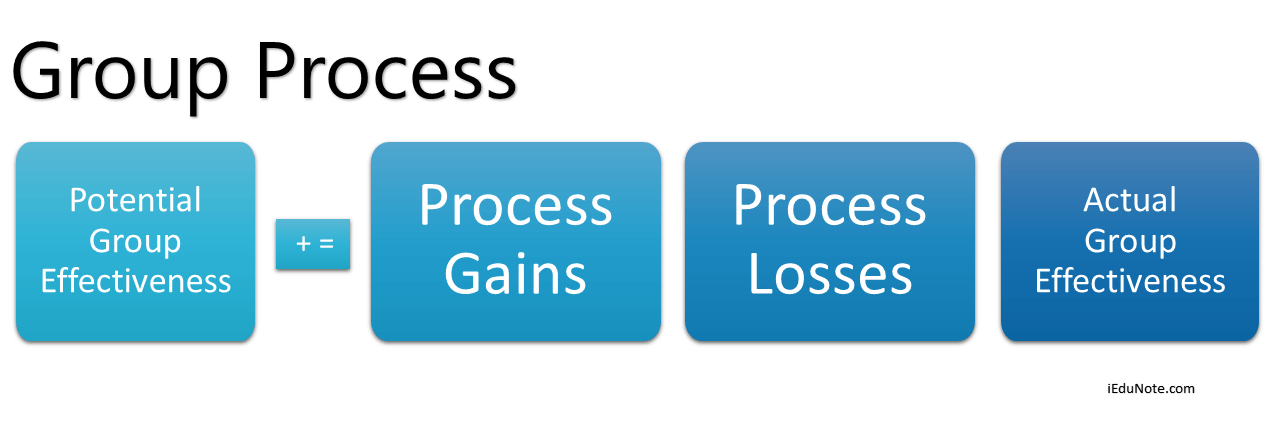Understand the 3 key components of job satisfaction: evaluative, cognitive, and affective. Enhance workplace happiness and employee engagement.
Job satisfaction is one of the most widely used variables in organizational behavior. It is an employee’s attitudinal response to his or her organization. As an attitude, the components of job satisfaction are summarized as evaluative, cognitive, and effective behavioral components.
As with all attitudes, the relationship between Satisfaction and behavior, most specifically job performance and membership, is complex. Components of job satisfaction are;
The Evaluative Component
An individual’s overall response to the employing organization is summarized in the evaluative component. It represents dislike vs. like for the organization.
When asked for a single response to the question, how satisfied are you with your job, individuals’ response to their overall evaluation?
In this case, a 5-point positive-negative scale is used where 1 indicates the most negative situation and 5 indicates the most positive situation to express an overall favorable or unfavorable rating of their current job.
The Cognitive Component
An individual’s perceptions, opinions, beliefs, and expectations regarding the organization are the focus of his or her cognitions. In this case, different items are measured to assess the cognitive component of job satisfaction.
Here participants rated the adjectives from 1 (Strongly describes) to 5 (Not applicable) on how well each term reflected their thoughts or beliefs associated with their current job.
The Affective Component
This component represents the feeling induced by the organization. Positive affect generally results from information, feedback, and situations that affirm or reinforce the individual’s self-worth and self-concept, while negative affect is evoked by invalidating situations.
Self-worth is validated when individuals feel accepted as valued members of the organization, and their competencies and core values are confirmed.
The study, which is related to finding out the components of job satisfaction, examined two components: the affective and cognitive components.
Cognitive and affective components greatly impact measuring the level of employees’ job satisfaction. It further proposed including an evaluative component to improve the prediction of job satisfaction.
But this study found minimal support for including an evaluative component in the measurement of job satisfaction because it is dependent on a single fact.
The Relationship Between Cognitive and Affective Components
Job satisfaction is one of the most commonly studied variables in the organizational literature. It is related to a huge amount of employee-relevant variables. It refers to the positive attitudes or emotional dispositions people may gain from work or through aspects of work.
Employees’ job satisfaction becomes a central attention in the research and discussions in work and organizational psychology because it is believed to have a relationship with job performance.
| Systems | Cognitive Component | Affective Component |
|---|---|---|
| Reward Inducement System | Individuals develop expectations regarding their pay through negotiations, comparison to others, and promises made. Satisfaction is increased when these are met. | Pay is valued to purchase necessary and desirable goods and services. Pay also has an expressive meaning in that it is used as an indicator of worth and status. |
| Managerial Inducement System | Satisfaction with one’s boss is a function of how he or she meets mental expectations. | The extent to which one’s boss indicates that one is a valued and skilled employee through his or her words or actions affects the emotional response to him or her. |
| Task Inducement System | Work designs that include variables such as autonomy, responsibility, and task identity tend to lead to high satisfaction with work. | Emotional satisfying jobs are either intrinsic pleasures or create conditions whereby the individuals feel that they are contributing to something of value and that they have an impact on the success or failure of goals and projects. |
| Social Inducement System | The basis of this inducement system is how coworkers behave relative to their expectations of them and how they help or hinder job performance. | The extent to which employee enjoys social interactions at work and the degree to which social interactions affirm one’s identity, like acceptance, worth, etc., leads to satisfaction with coworkers. |
Conclusion
The cognitive component of job satisfaction pertains to beliefs regarding one’s job, whether it is respectable, mentally demanding/challenging, or rewarding. The affective component includes people’s actions in relation to their work, such as tardiness, working late, and faking illness to avoid work.

